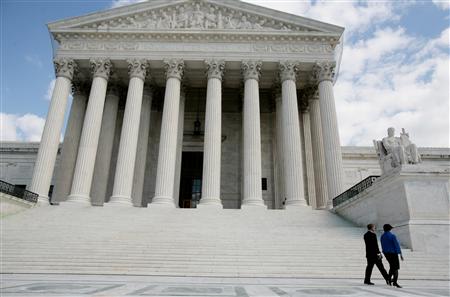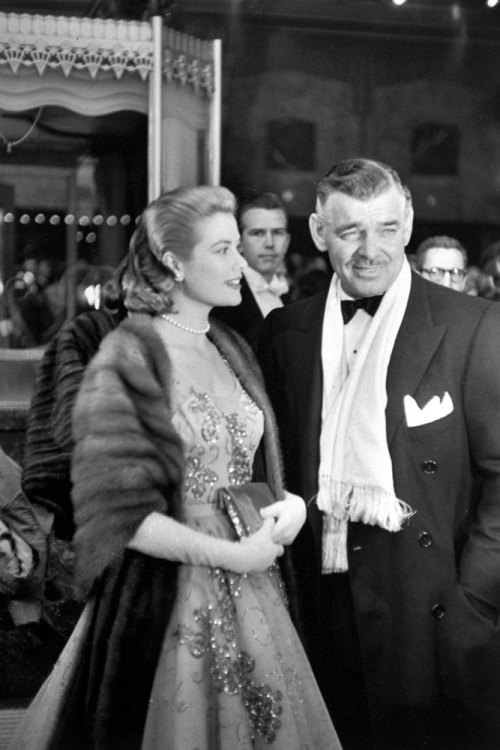There was a little glimmer of light in the Southern skies last week.
It wasn’t exactly a light bulb flashing on over Wal-Mart Corporate
Headquarters, but it did look as though someone was fumbling with the
switch.
The company released its financial results for FY 2013 on Thursday
and as usual, the results were boffo. Sales were up $10 billion,
international sales rose 7.4 percent and the company gained market share
in food, consumables, entertainment, toys, and health and wellness. Of
course the company did its version of sharing the wealth, raising its
dividend by 18 percent or $0.29 per share.
Those were the sounds of a cash register ringing, the door of a
luxury automobile slamming, or the roar of a corporate jet taking off
from Bentonville, Arkansas. The glimmer of light was in the footnotes.
Same store sales grew only 1 percent in the fourth quarter where
analysts were expecting the same 1.5 percent they had seen in a year
earlier. Wal-Mart attributed this to a fall off in sales after Black
Friday because, it said of an unusually long interval between
Thanksgiving and Christmas. Another slowdown in sales hit in late
January and continued into this month.
The company’s explanation for the recent flat sales was the January 1
payroll tax “increase” and higher gas prices. The former, of course
wasn’t an increase at all but Wal-Mart, without a hint of irony,
complained that the expiration of the tax holiday took $15 a week out of
the pockets of families earning $30,000 a year.
While Wal-Mart was outwardly analytic about these by numbers,
inwardly it was freaked. In emails leaked to Bloomberg News, Jerry
Murray, Wal-Mart’s vice president of finance and logistics, called
February the worst start to a month he had seen in his seven years with
the company. An email from another company executive said in part,
“Where are all the customers? And where’s their money?”
OK, they still don’t get it, but maybe they are finally paying
attention because a lot of us have wondered just what the Waltons see as
their end game. Did they even have one? And not just them; the same
could be asked about the Brothers Koch, the men and women who run the
banks, and the energy, insurance, and agribusiness conglomerates.
Granted it has all gone swimmingly so far; they have broken the
unions, depressed wages, shipped jobs overseas, evaded, whether legally
or not, their share of taxes; fought to destroy the safety net, and
bought off a goodly portion of the nation’s politicians. They have also
managed to capture an unseemly percentage of the national wealth all
while convincing millions of Americans that they deserve special
treatment as “The Job Creators.”
However they seem to have ignored the back half of the theory of
supply and demand. They’ve produced goods at a reasonable price, made
them accessible to millions of potential buyers, and inform those buyers
of their availability, but they have overlooked the part about
nurturing a sustainable market for those goods.
As more and more money finds its way into fewer and fewer hands the One
Percent are either oblivious or unconcerned about the dwindling middle
class or that the rising numbers below the poverty line are hard pressed
to purchase anything more than the necessities to feed, clothe, and
house their families.
Maybe not even that. The Center for Housing Policy estimates that the
number of working households spending more than 50 percent of their
income on housing rose from a national average of 21.8 percent in 2008
to 23.6 percent in 2010. These figures were based on the 2010 census and
don’t include effects of the tightening rental market since them. There
isn’t a single state in the union where a minimum wage earner can
afford a two bedroom market rate apartment while working fewer than 63
hours a week.
The Harvard Joint Center on Housing Policy says these “severely
cost-burdened” families spend only about three-fifths as much on food,
half as much on clothing, and two-fifths as much on healthcare as do
families living in more affordable housing.
Now the temporary respite on payroll taxes has ended and family
budgets are being hammered by nearly daily increases in gas prices, soon
to be reflected in the cost electricity, heat, and everything that must
be transported by trucks. Still the Masters of the Universe who control
corporate America fight to cut the safety net and kill the minimum wage
bill, still clueless to the fatal flaw in their business plans.
Maybe they should pay less attention to their own bottom line and
more attention to Wal-Mart’s. With its core constituency of middle and
lower income families it could be an early warning system for the
ultimate result of income inequality. When that light bulb really
flashes on, maybe as early as the first quarter 2013 report, Wal-Mart
and everyone else will be able to see where the money has really gone –
into the pockets of people who do not need to spend it.














 It's
a terrible curse. But we all have our crosses to bear, so I've learned
to accept mine. Science journalism tells us the ugly truth about beauty:
there's such a thing as too much. James Hamblin writes in The Atlantic:
It's
a terrible curse. But we all have our crosses to bear, so I've learned
to accept mine. Science journalism tells us the ugly truth about beauty:
there's such a thing as too much. James Hamblin writes in The Atlantic:


